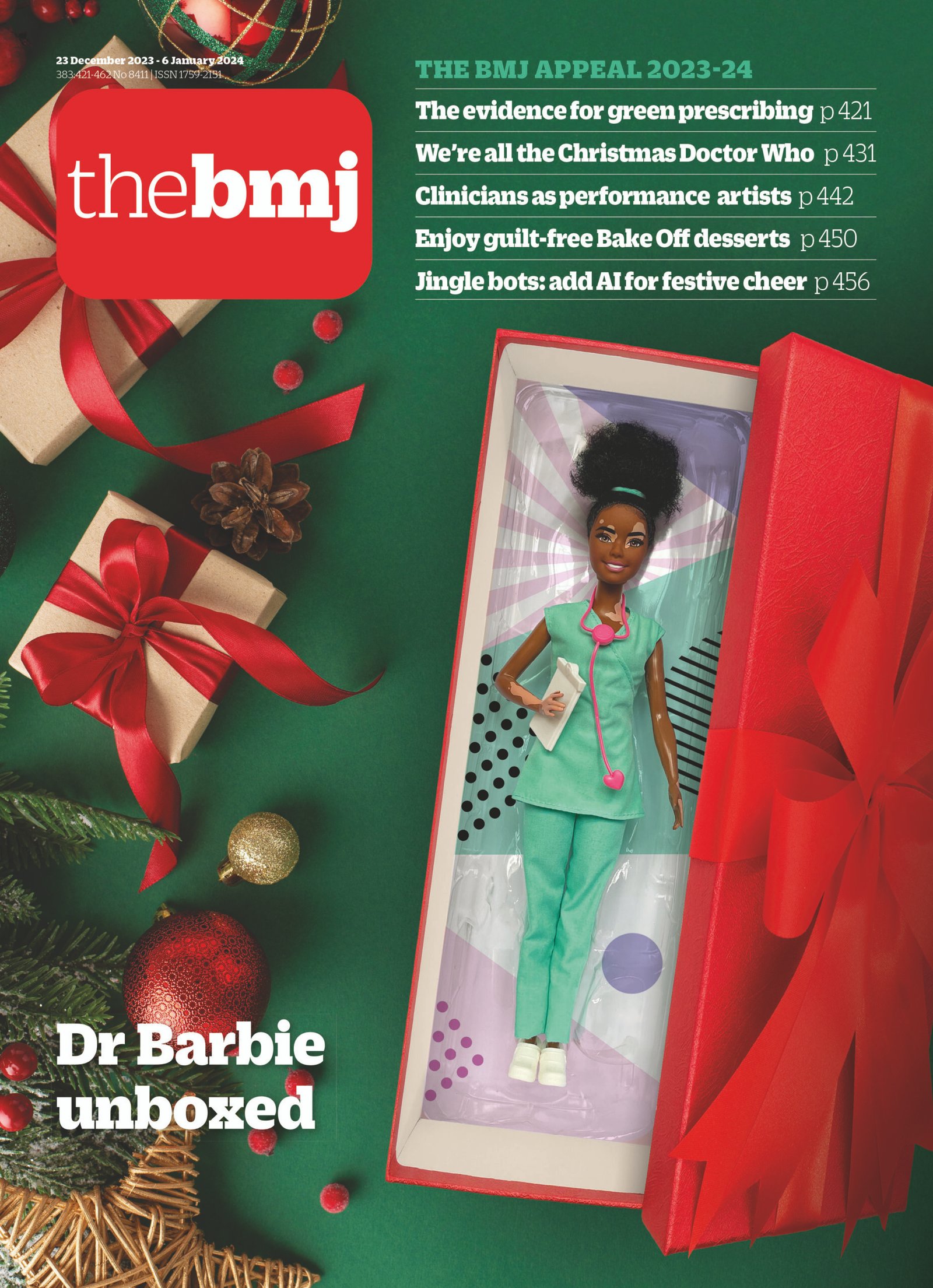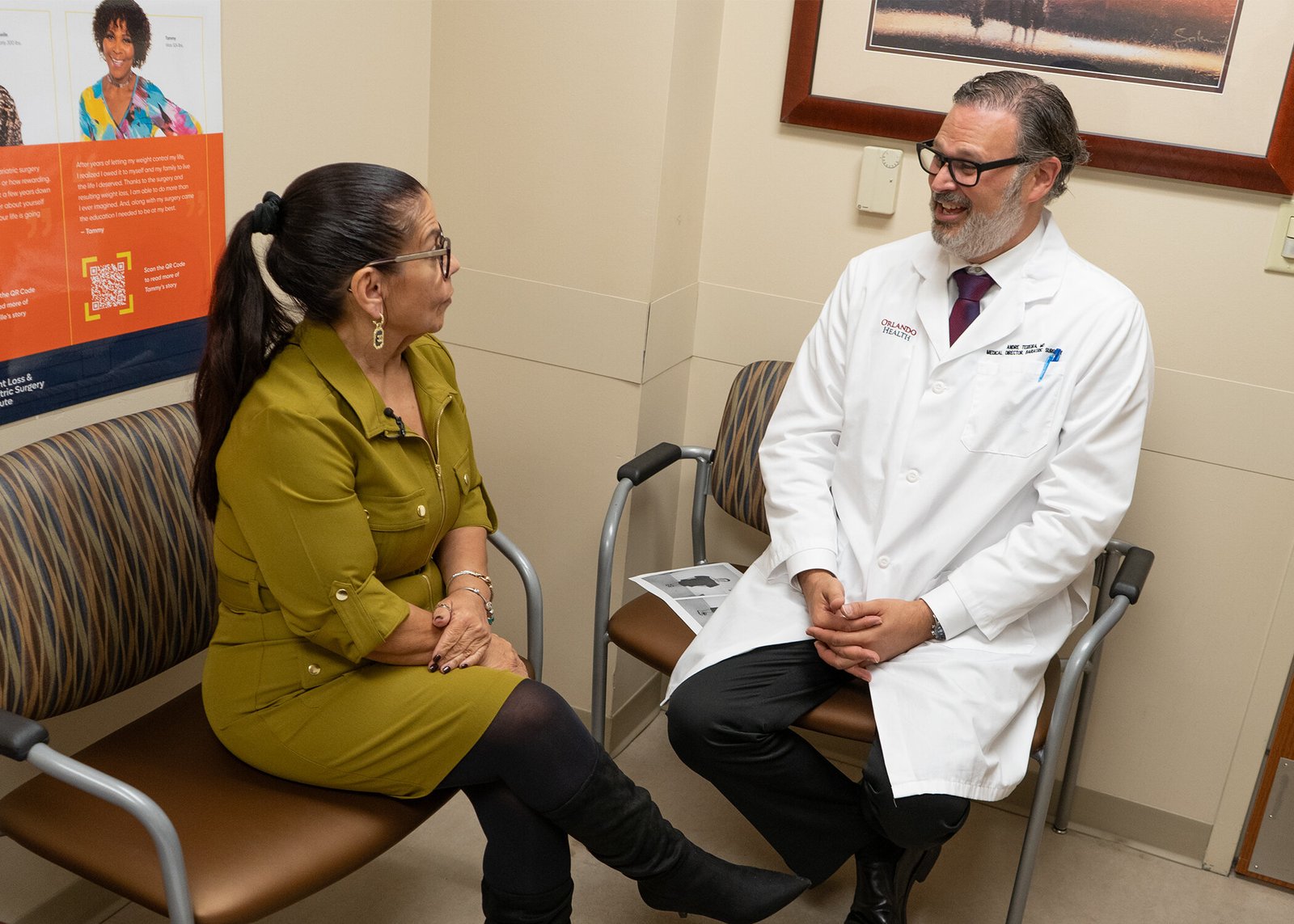Methods
Study design
This pragmatic, superiority, randomised multicentre controlled trial was conducted at 41 UK hospital trusts in the National Health Service (NHS). The national research ethics committee approved this study on 26 July 2018 (18/WA/0236), with each trial site granting individual NHS Trust approval before recruitment at each site. The protocol and statistical analysis plan were approved by the independent trial steering committee and data and safety monitoring committee. These independent committees were convened to oversee the study throughout the trial duration. The ARTISAN protocol was accepted for publication on October 13 2020 and first published on November 19 2020.8 The statistical analysis plan is available in Supplement 1. The ARTISAN study was prospectively registered on 7 September 2018 (ISRCTN63184243).
Participants
Trauma research teams at 41 UK NHS Trust sites screened adults who had a traumatic anterior shoulder dislocation for the first time that had been confirmed radiologically and who were being managed non-operatively from orthopaedic clinics. Participants were excluded if they had neurovascular complications, bilateral dislocations at the time of injury, had been randomly assigned previously in this study, were unable to adhere to trial procedures, or were unable attend physiotherapy within six weeks of injury. After assessment, potential participants were provided with verbal and written information before they provided written informed consent.
Randomisation
All baseline data were collected before randomisation. At the end of the initial advice session (provided to all participants), participants were randomly assigned to no further treatment (advice only) or the offer of further physiotherapy. Allocation concealment was maintained by an independent randomisation team at Warwick Clinical Trials Unit who were responsible for generation of the sequence and had no role in participant recruitment. The treatment groups were randomised strictly sequentially on a 1:1 basis. Participants were allocated by a secure web based system using a minimisation algorithm with a random element and stratification by centre, participant age (≤39 years and ≥40 years), and whether the dominant arm was injured. These factors were included to account for any centre affects, the association of age with higher risk of re-dislocation, and any association of arm dominance on self-reported measures of function.
Following randomisation, masking participants or treating clinicians to treatment allocation was not possible. However, the treating clinician and the participant were masked to treatment allocation during the initial advice session. The central research team members were masked until after data analysis was complete, except for the trial statisticians, who had access to treatment assignment for the purposes of data monitoring and safety, and data entry personnel, who entered data from questionnaires, including some details of treatments received.

Interventions
All participating sites received an initial training session from an ARTISAN trial research physiotherapist. Following this, a lead physiotherapist at each site was identified to complete subsequent training of additional physiotherapists. This training was supported with web based materials and a trial intervention manual. Intervention fidelity was monitored by direct observations, audio recordings of the advice session (twice annually per site), and physiotherapy checklist self-reports of the advice session (all participants).
All participants had an initial period in which the injured arm was supported in a sling and then received an appointment for a physiotherapy advice session within six weeks of their injury. At the first appointment, all participants received the same initial shoulder examination followed by advice to aid self-management, lasting up to one hour and administered by an ARTISAN trained physiotherapist. This session included core components on education, progressive exercises, and exercise planning to enhance self-management behaviours. These core components were available after the advice session via a password protected website or via paper booklet, depending on participant preference. Details of the intervention development were first published in December 2021.9
Following completion of the advice appointment, the participant was randomly assigned to only this advice session or to this advice session plus the offer of additional physiotherapy. Participants randomly assigned to advice only were provided with a contact point to self-refer back to the clinical team if recovery did not occur. Participants who self-referred back to the clinical team were considered to be per protocol.
Participants randomly assigned to the additional intervention group offered additional physiotherapy sessions. Each additional session lasted for up to 30 min, over a maximum duration of four months from the date of randomisation. The course of physiotherapy involved teaching and supervising the core set of progressive exercises offered to the control group in addition to being able to tailor treatment according to usual practice.
Outcome measures
The primary outcome was the Oxford shoulder instability score at six months. This score is a self-completed outcome measure containing 12 questions (0-4 points each), with possible scores from 0 (worst function) to 48 (best function).1011 Questions relate to activities of daily living that are particularly relevant to patients who have shoulder instability and they have been designed to assess outcome of treatment.
Secondary outcomes included QuickDASH, EQ-5D-5L, and any complications.1213 QuickDASH is a shortened version of the disabilities of the arm, shoulder and hand (DASH) questionnaire. The tool uses 11 items to measure physical function and symptoms in people with any musculoskeletal disorder of the upper limb. We also measured the Oxford shoulder instability score at six weeks, three months, and 12 months.
Secondary outcome measurements were collected at six weeks, three months, six months, and 12 months by postal questionnaire. Six months was the primary outcome, in keeping with national guidelines on duration for rehabilitation of this injury. Telephone follow-up was used to contact people who did not respond or fully complete the returned postal questionnaire.
Statistical analysis
The target between-group difference that was considered worthwhile for the primary Oxford shoulder instability score outcome score was 4 points.1415 The standard deviation of the Oxford shoulder instability score six months after injury was previously reported as 10 points.1415 However, the literature had predominantly included a younger population than the one that we planned to recruit, therefore, with our wider range of ages, a larger standard deviation was expected, so a standard deviation of 12 was used. As such, 478 participants were required to show a 4 point target difference (ie, a small, standardised mean difference of 0.3) at the 5% significance level, with 90% power, allowing a margin of 20% loss during follow-up.1115
Analyses were on an intention-to-treat basis with secondary per protocol analyses. The main analysis investigated differences in the primary outcome measure between the two treatment groups, six months after randomisation. Unadjusted and adjusted mixed effects linear regression models were used to estimate the between group difference. The adjusted analyses included the stratification variables (centre, participant age, group, and if the dominant arm was injured) and baseline scores, except for complications, which were only compared using Fisher’s exact test (ie, unadjusted analysis only). Multiple imputation was used to assess the effects of missing data. Analyses were conducted in R (version 4.0.3) and a detailed statistical analysis plan was written before any formal analyses and was approved on 25 October 2021.
Since individual clinicians would treat only a small number of participants enrolled in the trial, we did not expect clinician specific effects to be important in this study but recognised the theoretical possibility of therapist effects. To address this, a single interim analysis was preplanned to re-estimate the sample size. This analysis occurred after 200 participants had completed the three month follow up questionnaire, while recruitment was still open.
The pooled standard deviation of the primary outcome and presence of therapist effects was estimated by calculating the therapist intraclass correlation coefficient using a mixed effect model containing site of randomisation, baseline Oxford shoulder instability score, age group, and if the participant’s dominant arm was injured as fixed effects. The treating physiotherapist was then added as a random effect. The 95% confidence interval of the intraclass correlation coefficient was then calculated using bootstrap methods. Models did not include treatment effects.
We used two prespecified exploratory subgroup analyses: hand dominance (injured shoulder dominant arm v injured shoulder non-dominant arm) and age (younger participants v older participants). The subgroup analyses followed the methods described for the primary analysis, with additional interaction terms incorporated into the mixed effects regression model to assess the level of support for these hypotheses.
Patient and public involvement
Before the study, clinical co-applicants consulted with patients during appointments to ascertain if the research gaps highlighted in the literature were of high importance to them. Once the importance of the topic was established, a patient group was convened to discuss experiences and expectations of rehabilitation services and the plans for the trial. These perspectives were key in the development of the protocol to ensure trial processes, materials, and interventions were feasible and acceptable.
Subsequently, a patient representative was included as a lay co-applicant who in addition to contributing during our development work, was a member of the trial management group. They contributed to trial processes, such as reviewing patient facing materials. A further patient representative agreed to part of the independent trial steering committee for the duration of the trial and advised on the final report and dissemination plans.
Acknowledgments
The ARTISAN collaborators: University Hospital Coventry and Warwickshire: Kerri McGowan, Joanna Brough, Howard Bush, Chetan Modi; Yeovil District Hospital NHS Foundation Trust: Oliver Donaldson, Michael Jones, Alison Lewis, Kate Beesley; Harrogate and District NHS Foundation Trust: Cheryl McDermott, Caroline Bennett, Joyce Guy, Jospeh Askew, Charlie Talbot, Dave Copas, Su Leeming, Angela Sheldon, Venkata Vakamallu, Erin Demoulin, Tom Bradshaw; University Hospital of North Tees: Deborah Wilson, Emma Tindall, Andrea Meddes, Rajesh Nanda; Southmead Hospital Bristol: Jane Evans, Steven Barnfield, Kirsty Mapstone, Rhian Witham, Ian Packham, Paula Brock, Josephine Morley, Fionnaula Palmer, Ruth Halliday, Katherine Coates, Laura Lunny, Vicki Stoneman; Norfolk and Norwich University Hospital NHS Foundation Trust: Nicola Ward, James Kennedy, Celia Whitehouse, Carol Payne, Emmet Griffiths, Andrew Lee; Addenbrookes Hospital: Leila Dehghani, Aileen Nacorda, Natasha Woodbine, Niel Kang, Kelly Marie Grant, Laura Fabb, Rebecca Lewis; Royal Derby Hospital: Marcus Bateman, Evelina Siwerska, Louise Amandini, Caroline Clarkson, Kaite Walstow, Emma Whitby, Rebecca Smith, David Clark, Mona Mohamed, Kathleen Holding; Leicester Royal Infirmary: Kathryn Robinson, Tracey Lee, Helen Fort, Alison Armstrong, Amber Bery, Paul Lewis, Dileep Kumar, Helen Tunnicliffe; Royal Victoria Infirmary: Karen Smith, Jenny Baron, Lisa Robinson, John Williams, Heather Hunter, Anne Marie Ginnever, John Paul Gowland, Sophie Collins, Nicola Rose, Kate Graham, Helen Watson, Stephen Aldridge, Steven Galloway, Stuart Watson; Calderdale and Huddersfield NHS Foundation Trust: Hannah Riley, Kathryn Hanson, Simon Fogerty, Laura Hedley, Tash Maher, Siobhan Currie, Kayleigh Leatham; North West Anglia NHS Foundation Trust: Andrew White, James Wheble, Susan O’Sulivan, Stephanie Diaz, Paula Goodyear, Janki Bhayani, Deborah Butcher, Nicola Parker, Richard Cooper; Airedale NHS Foundation Trust: Lisa Armstrong, Emma Dooks, Stacey Lalande, James Tyler, Sally Mitchell, Chantel Mcparland, Natalie Rose Craven, Lauren Harker, Jessica Holdsworth, Martin Thomas, Zanib Taj, Daniel Kantas, Justin Murr, Rob Hunter; Ashford and St Peter’s Hospitals NHS foundation Trust: Rohit Gupta, Sebastian Prentice, Leon Palmerwilson, Caroline Coulthard, Nicky Holland, Isaac John; Oxford University Hospital NHS Foundation Trust: Kathryn Lewis, Warren Sheehan, Colin Forde, Tessa Sedwin, Chandramohan Panneerselvam, Caroline Partner, Pablo Llorian, Georgina Taylor, Maria Mestre, Andrew Titchener, Sangeetha Prasath; Blackpool Teaching Hospital NHS Foundation Trust: Ella Riedel, Alex Maley, Emma Stoddard, Charalambos P. Charalambos, Suzanne Lane, Clare Blundell, Conor Wilkinson, Gemma Brown, Sarah Melling, Marin Sirbu, Sam Remnant, Shamina Hankinson, Denise Bennett, Emma Ward; Royal Cornwall Hospital and Cornwall Partnership Trust: Sean Dixon, Sharon Botfield, Cathal Murphy, Suzanne Dean, Eve Fletcher, Deanne De Beer, Annie Rae, Andrew McCarley, Hayley Potter, Damian Warner, Tamsin Ranson, Steven Cromey, Nicole Toomey; Royal Berkshire Hospital: Jennifer Armistead, Kelly Brooks, Leanne Dymott, Chloe Brown, Georgie Parsons, Salma Chaudhury, Terence Campbell, Emma Craig, Joanna Pinto, Rashmi Easow, Amar Malhas, Catherin Anderson; York Teaching Hospital NHS foundation trust: Greg Quinn, John Whitwell, Nadine Siddle, Mary Wragg, Hywell Williams, Paula Strider, Rebecca Tait, Clive Nicholson, Liz Johnson, Pearl Clark Brown; Doncaster & Bassetlaw Teaching Hospitals NHS Trust: Scott Maccines, David Bailey, Gemma Kirkman, Lisa Warren, Julie Bury; Cwm Taf Morgannwg University Health Board: Lisa Mellish, John Rice, Rhys Owen, Christopher Greenfield, Ajay Sharma, Joanna Wilson, Caroline Hamilton; Grampian Health Board: Scott Barker, Carol Carnegie, Ann Quirk, Claire Stewart; East Suffolk and North Essex NHS Foundation Trust: Bally Purewal, Deborah Beeby, Stephanie Bell, Carol Buckman, Stephanie Garnham, Chris Roberts, Marie Welch; Glasgow Royal Infirmary: Fiona Carleton, James Doonan, Katharine Duffy, Valerie Forgie, Paul Jenkins, Jennifer Love, Linda Mercer, Gary Semple; West Suffolk Hospital: Angharad Williams, Thomas Lockwood; St George’s University Hospitals NHS Foundation Trust: Yemi Pearse, Sarah Latham, Gemma Shearer, Susan Nickle, Teresa Cepelkova, Andrew Wright, Kirsty Harwood, Michael Flatman, Miles Benjamin, Alexandros Haris, Oliver Brown, Prodrollos Tsinaslendis, Mathew Facey, Bethany Hedges, Abrar Gani, Selma Al-Ahmad, Nicholas Judkins, Judith Burnham, Andrew Caukroger, Tomisin Omogbehin, Conor McDermott, Cleo Dobson, Charlotte Brookes, Sara Dardak, Roshan Rupra, Rhody Asirvatham, Maria Dadabhoy, Jennifer Rees, Sally Fisher, Simon Nicole, Lynn Smyth; University Hospitals of Morecambe Bay NHS Foundation Trust: Kathryn Allison, Ellie Higham, Jayne Craig, Jack Burke, Sarah Hart, Allie Menzies, Deborah Power, Holly Davies, Alisha Walters, Kerry Simpson, Karen Burns, Laura Dodd, Gautam Talawadekar; North Cumbria University Hospital NHS Trust: Syed Mannan, Scott Smith, Helen Wilson, Melanie Clapham, Jane Gregory, Steven Wright, Una Poultney, Polly Rice, Nicci Kelsall, Katherine Davidson, Fran Armstrong, Diane Armstrong, David Mackay, Hannah Craig; East Cheshire NHS Trust: Natalie Keenan, Matt Hurst, Maureen Holland, Jessica Clitheroe, Jochen Fischer, Victoria Austin, Jack Mullins; United Lincolnshire Hospitals NHS Trust: Charles Corbin, Sarah Shephardson, Alison Wilkinson, Rosaline Keane, Carol Lockwood, Helen Morris, Lynn Osbome, Alun Yewlett, Jo Fletcher, Eleanor Gates, Grace Homer, Kimberley Netherton, Munya Tsuro, Alun Yewlett; Sheffield Teaching Hospital: Simon Booker, Valerie Jones, Grahame Clark, Bonito Tsong, Abiola Alli, Rachel Sellars, Julie Walker, Elizabeth Hurditch, Pene Fati, Karne Robinson, Harjinder Kaur, Sandra Guzaviciute; Milton Keynes University Hospital: Louise Mew, Lee How, Annie Rose, Louise Kelly, Louise Heylen, James Underwood, Aabid Sanaullah, Sarah Overall; Sunderland Royal Hospital: Yan Cunningham, Julie Doughty, Yusuf Michla, Debbie Watson; Royal Devon and Exeter Hospital: Peter Hamer; King’s College London: Adel Tavakkolizadeh, Nicky Wilson, Victoria Rowe, Christopher Ratcliffe, Scarlett McCalla, Ines Reichert, Kerim Gokturk, Hazel Giles, Victoria Withers, Christy Walkin, Harshinder Virdee, Raye Marinas, Laarni Bonganay, Sheena Mendoza, Christopher Beggs, Gary Chan, Jordan Bethel, Silvana Skotiniyadis, Ross Moorely; Somerset NHS Foundation: Barnaby Sheridan, Simon Ingram, Kimberley Gillman, Alison Whitcher, Claire Gutherie; Warrington and Halton Hospitals NHS Trust: Lynne Connell, Carole Cummings, Pascal De Feyter, Nicola De Jong, Gary Dobson, Amy Moreton, Layla Morissey, Nasir Shah, Suzi Thompson; Royal Blackburn Teaching Hospital: Rachel Dean, Saif Hadi, Karen Marsden, Helen Thompson; Royal Free London NHS Foundation Trust: Philip Ahrens, Andrea Francis, Fracnesca Gowing, Rebecca Portwood, Nikunji Depala, Stamatios Tsamados, Adam Yasen, Lara Beaman, Sarah Flynn, Sangna Unadkat, Aiden Gallagher; Cwm Taf Morgannwg University Health Board: Lisa Mellish, John Rice, Rhys Owen, Christopher Greenfield, Ajay Sharma, Joanna Wilson, Caroline Hamilton
We thank all the patients and the research support at each site that made ARTISAN a success. We would also like to acknowledge the patient and public involvement representative (Farzana Kausir), data monitoring and ethics committee (Mike Bradburn, Catey Bunce and Anju Jaggi), trial steering committee (Melinda Cairns, Alex McConnachie, Susan Jowett, Rachel Chester and Alwin McGibbon), and wider research ARTISAN team (Anish Patel, Amy Smith and Phil Moss) for their contribution.










